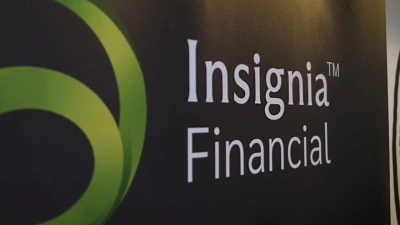Advice fees push Centrepoint Alliance NPAT into positive territory


Centrepoint Alliance has returned to profit in FY21 after reporting a loss in the previous year, posting a net after profit tax (NPAT) of $1.8 million.
Reporting its FY21 results to the Australian Securities Exchange (ASX), the firm said its NPAT compared to losses of $2 million in the previous year and had been driven by revenue growth in advice fees and diligent expense management.
This “diligent expense management” included reductions in employment, travel and entertainment; the cessation of any further legacy claims from the Australian Financial Complaints Authority (AFCA); and expenses having declined by 15.7% to $26.5 million.
The company declared a fully franked dividend of one cent per share.
It said it was “well placed” to benefit from industry disruption on margins and educational standards and that the transition to a fee-for-service model was largely complete. The new offer for authorised representatives had been completed at the end of FY20 while the offer for self-licensed firms would be completed during FY21.
During the year, it had added 16 new self-licensed firms to end FY21 with 149 firms and an additional 23 firms were transitioned to the fee-for-service model.
Chief executive, John Shuttleworth, who took over as CEO earlier this month, said: “Focusing on our core business has positioned the company with a strong platform for growth that continues to present an attractive destination for advisers.
“We enter FY22 with a positive outlook for growth and look forward to providing quality business services and support to a broader range of financial advice professionals in the year ahead.”
The firm also announced the acquisition of ClearView Advice which would create a combined entity of 1,303 advisers (comprised of 490 licensed and 813 self-licensed). ClearView’s managing director, Simon Swanson, was expected to join the Centrepoint board upon completion.
It said ClearView Advice had a “strong market position providing strategic financial advice targeting middle to upper income customers” and was an opportunity to scale ClearView’s existing infrastructure to support a larger number of Australian financial services licences (AFSLs) and financial advisers.
The transaction was subject to regulatory and shareholder approval but was expected to be completed around 31 October, 2021.
Shuttleworth said: “The acquisition creates a powerful combination of complementary intellectual property, skills, experience and balance sheet access, setting the platform to participate in further organic and strategic transactional growth as industry disruption continues”.
Recommended for you
A financial advice firm has been penalised $11 million in the Federal Court for providing ‘cookie cutter advice’ to its clients and breaching conflicted remuneration rules.
Insignia Financial has experienced total quarterly net outflows of $1.8 billion as a result of client rebalancing, while its multi-asset flows halved from the prior quarter.
Prime Financial is looking to shed its “sleeping giant” reputation with larger M&A transactions going forward, having agreed to acquire research firm Lincoln Indicators.
An affiliate of Pinnacle Investment Management has expanded its reach with a London office as the fund manager seeks to grow its overseas distribution into the UK and Europe.















